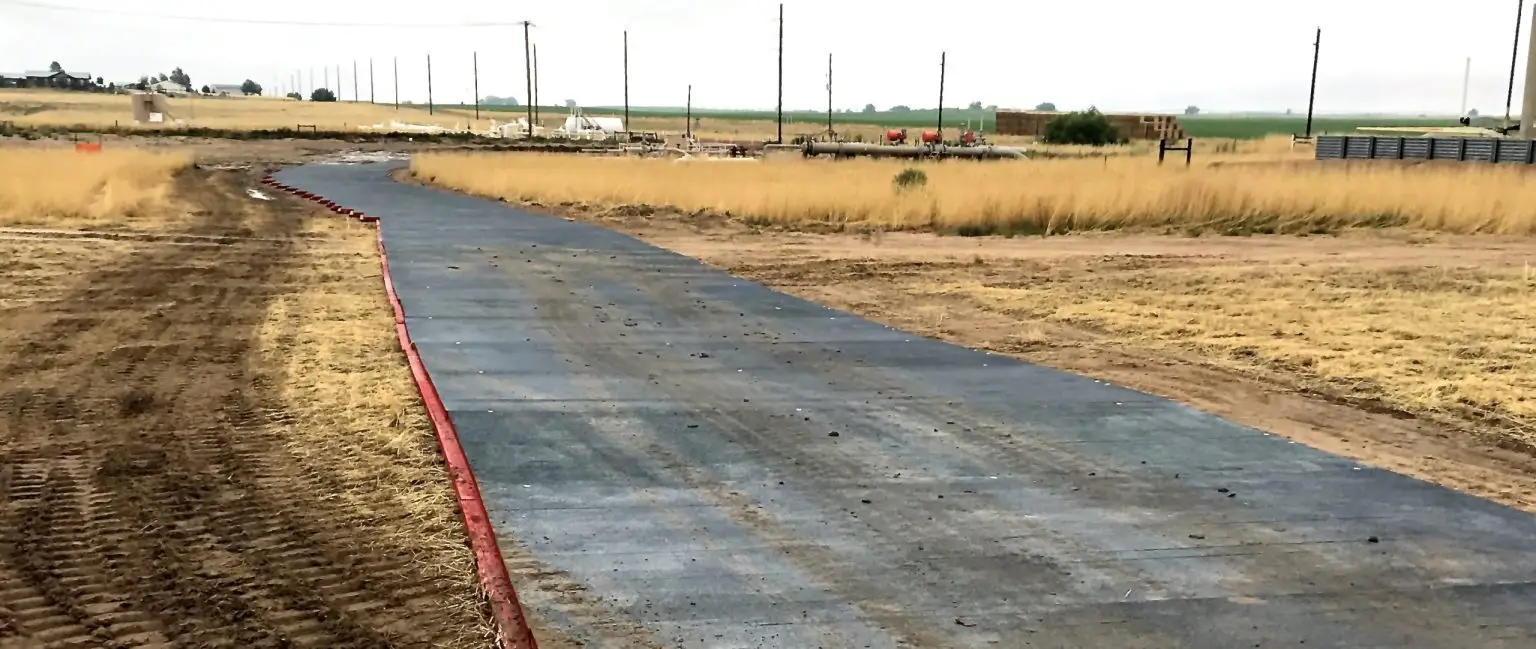Access mats are an important aspect of any construction or industrial project. Not only do they keep the job running smoothly, but they help protect the surrounding environment. Each type of access mat is different, as they all serve different functions. The type of access mat you use depends on the purpose of the project, what machinery is being used, the location, and much more.
Finding the best access matting for your project is essential for achieving success. Find out more about the different types of access mats so you can choose the best one for your project.
Most common access mats explained
There are several different varieties of access mats. Each one has its own set of benefits and uses. We’ve outlined the most common ones used for construction and industrial projects below.
Outrigger: Outriggers are typically made from synthetic materials, making them extremely durable and long-lasting. Their rigid design makes them easy to work with on projects that require heavy machinery. They help provide a steady base on any soil that increases performance and keeps projects running safely.
Timber: Timber mats are best used for unstable areas. These large access mats are sturdy and help to create temporary roadways for machinery and equipment. They are made from different types of study timber – like oak and fir – and can easily be linked together. You can also create temporary bridges over swamps or trenches with timber mats.
Transition: Access matting is used for transport of machinery and equipment on non-road surfaces. Transition mats help make this transport easier for trucks and excavators to reach other matted areas. They are often used as ramps in construction sites.
Track-out: A large concern of construction areas is environmental disturbance and pollution of local waterways. Track-out mats help to contain excess debris from machinery and truck treads into and out of the site. They are designed to catch and remove sediment from tires and tracks via their textured surfaces. This also helps sites honor state ordinances regarding project area contamination.
How to choose the right one
Now that you know about the most common types of access mats, how do you choose the right one for your project? There are a few key items to consider before choosing access matting.
First, consider the site conditions. Are you working on unstable ground? Do you need to construct a temporary bridge over a wet area? Durability and stability are the most common factors when it comes to site conditions and access matting.
Second, consider the equipment being used. Heavy machinery requires stronger access mat materials. Additionally, choose an access mat that is wide enough to accomodate the machinery being used. Timber matting can link together and create wider roadways, but outrigger mats are more suited to heavy equipment.
Third, consider environmental factors. Certain access mats are designed to protect ecological habitats like wetlands. Heavy tread on machinery and trucks can easily disturb environmental areas. Be sure to use access matting that helps reduce contamination of sites.
Choosing the right access matting is important. Working with the right types of materials ensures that your project runs smoothly with no set-backs. For more information on the best types of access matting, contact Rock Tools.


